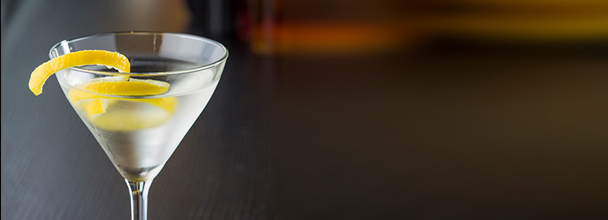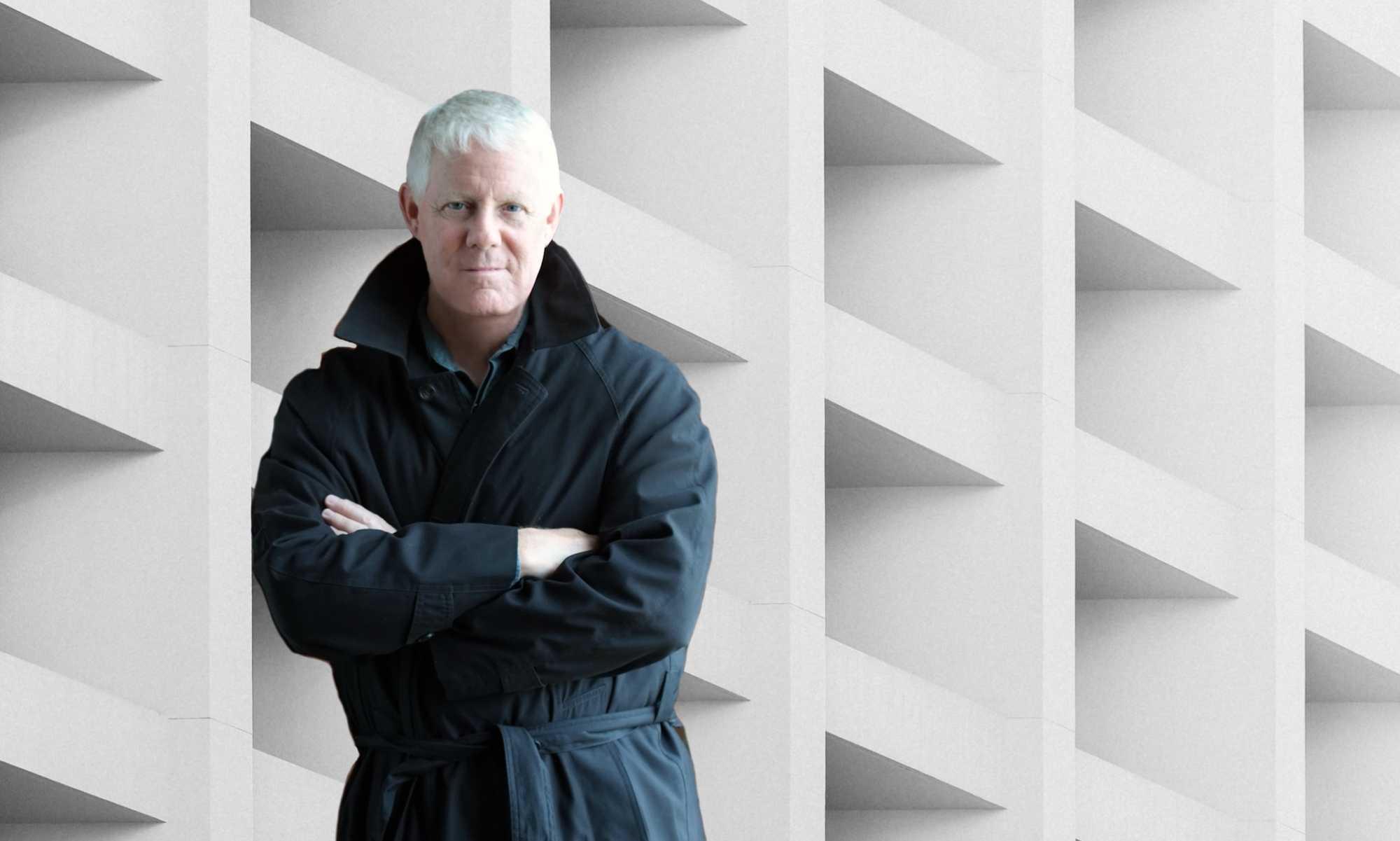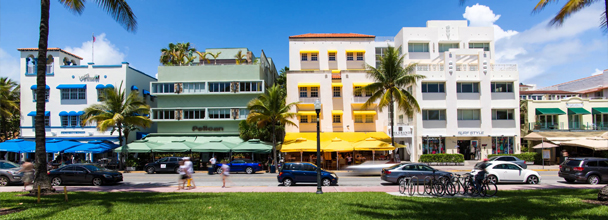 This fall, I have at least three book clubs reading “Murder Becomes Manhattan.” When I appear at a book club, one question I am always asked is, “How do you go about writing one of your novels? Do you pretty much have the plot laid out when you start? Or do you change it along the way?”
This fall, I have at least three book clubs reading “Murder Becomes Manhattan.” When I appear at a book club, one question I am always asked is, “How do you go about writing one of your novels? Do you pretty much have the plot laid out when you start? Or do you change it along the way?”
The answer is ‘yes.’ And, ‘no.’
I am a linear thinker, so my tendency is to produce a book in a linear way. But it is almost impossible to write a good mystery thriller that way. That’s because you want the stray comment offered by someone in Chapter 17 to become the vital clue unearthed in Chapter 46. You want the subplot between two characters carefully developed in the first half of the book to take a sudden veer into unexpected territory in the second half.
But that requires some serious planning, some meaningful forethought, and sometimes what we in the industry call “backwriting”. I have backwritten a lot in “Murder Becomes Miami,” which comes out in November. That means I thought of a very cool way to shake things up late in the book, but for the shake-up to make sense, I had to go back and insert a few elements earlier in the book. The result I think is a book that’s more rich, I think, and something different to some degree from what I thought it would be when I launched into it.
That said, if I constantly stopped and shifted and backwrote, I might never finish a book. So here is what I do: I tend to charge forward with a general idea of the plot. I allow for the possibility of twists and turns I didn’t expect along the way but continue barreling forward with the goal of getting the entire story told.
THEN, I go back and refine, and shape, and sculpt, inserting some elements and discarding others, until the final story is ready for you to read.
How do you write? Similarly, or somehow different?
 A fan told us yesterday that as much as he enjoyed “Murder Becomes Manhattan,” he thinks “Murder Becomes Miami” is even better.
A fan told us yesterday that as much as he enjoyed “Murder Becomes Manhattan,” he thinks “Murder Becomes Miami” is even better.
 On November 13, “Murder Becomes Miami” will go on sale. The terror amps up in the second installment in the “Murder Becomes” series, as The Lee Group tries to deduce who murdered a reviled college football coach (and why). Find out more at
On November 13, “Murder Becomes Miami” will go on sale. The terror amps up in the second installment in the “Murder Becomes” series, as The Lee Group tries to deduce who murdered a reviled college football coach (and why). Find out more at  This fall, I have at least three book clubs reading “
This fall, I have at least three book clubs reading “ Last night I sat down to a plate of calamari and a glass of pinot grigio at my favorite Italian restaurant to map out the plot to my next book, “Murder Becomes Miami.” Even though “Murder Becomes Manhattan” just landed a few weeks ago, I am itchin’ to carry on the tale of Dalton Lee and the architect/detectives who make up The Lee Group.
Last night I sat down to a plate of calamari and a glass of pinot grigio at my favorite Italian restaurant to map out the plot to my next book, “Murder Becomes Miami.” Even though “Murder Becomes Manhattan” just landed a few weeks ago, I am itchin’ to carry on the tale of Dalton Lee and the architect/detectives who make up The Lee Group.